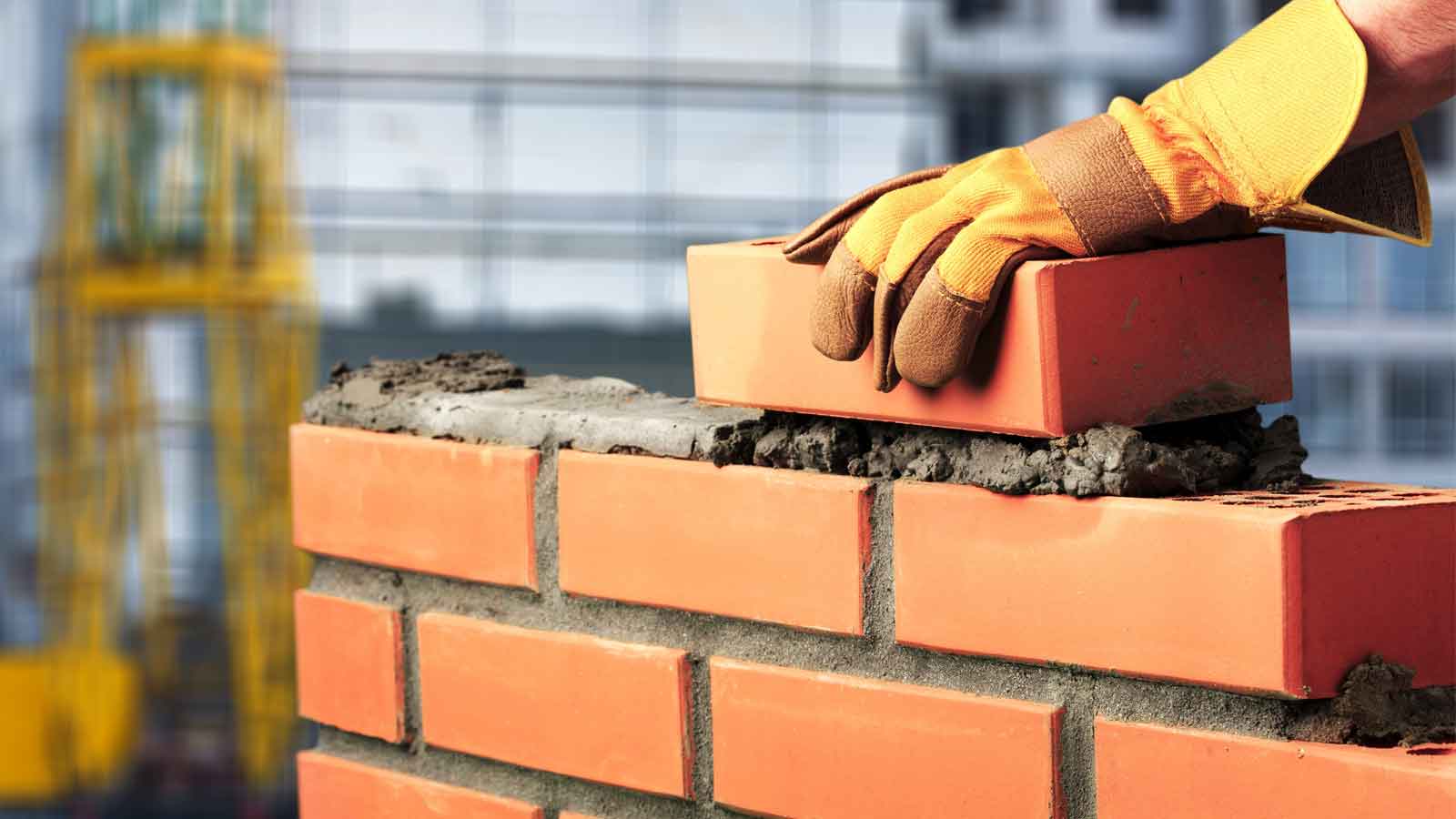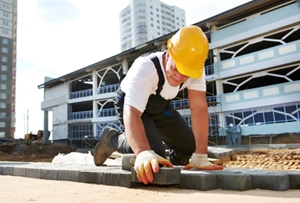Unlocking the Keys of Lasting Masonry Construction Practices for Eco-Friendly Buildings
Among the myriad approaches to eco-friendly structure, sustainable stonework building and construction stands out as a time-tested and sturdy approach that holds a riches of untapped capacity. From the option of products to cutting-edge construction techniques, the secrets to achieving sustainability within stonework construction are diverse and appealing.
Advantages of Sustainable Stonework Building And Construction
Accepting sustainable masonry construction techniques not just decreases environmental impact however likewise offers long-term financial benefits to home builders and areas. By using materials like recycled bricks, obstructs, and rocks, building contractors can substantially lower the carbon impact of their projects while promoting source performance. Additionally, sustainable stonework building techniques, such as proper insulation and thermal mass buildings, can enhance power efficiency within buildings, causing reduced operational prices with time.
Moreover, the sturdiness and durability of stonework structures add to long-lasting economic benefits. Structures created using sustainable stonework techniques often need less maintenance and fixing, converting to cost financial savings for contractors and property proprietors. The long life of stonework products additionally ensures that structures remain secure and protected, decreasing the requirement for regular renovations or replacements.
Eco-Friendly Stonework Products
Using green stonework products is a critical step towards enhancing the sustainability of construction practices and decreasing ecological effect while making best use of long-lasting economic advantages. Lasting stonework materials are sourced, generated, and utilized in a fashion that reduces total environmental effect. Products such as recycled blocks, recovered stone, and lasting cinder block are becoming significantly preferred options for eco-conscious builders. Recycled bricks, for example, not only divert waste from land fills but also call for less energy to generate contrasted to brand-new blocks. Reclaimed rock supplies a special aesthetic allure while minimizing the demand for new quarrying. Lasting concrete obstructs incorporate recycled accumulations and might include enhanced insulation residential properties, adding to energy effectiveness in structures.
Moreover, natural products like adobe, rammed earth, and straw bales provide superb thermal mass buildings, minimizing the demand for heating and cooling down energy. These products are commonly in your area offered, advertising local economies and lowering transportation-related carbon emissions. By choosing environmentally friendly stonework materials, construction jobs can dramatically decrease their environmental footprint and add to the creation of much healthier, more lasting developed environments.
Energy-Efficient Stonework Methods
Power performance plays an important duty in enhancing the sustainability of masonry building techniques. By executing energy-efficient stonework methods, home builders can considerably decrease the overall energy usage of a structure, resulting in lower functional prices and a smaller ecological footprint. One essential energy-efficient stonework technique is making use of thermal mass, which involves integrating thick products like concrete or brick into the building's framework to absorb and store warm. This helps regulate interior temperatures, reducing the need for mechanical heating and cooling down systems.

Advancements in Lasting Masonry
Current improvements in lasting stonework methods have actually brought about ingenious techniques that are reshaping the building and construction market. One such innovation is the advancement of self-healing concrete, which utilizes germs embedded within the concrete to recover cracks autonomously. This development not just reduces maintenance expenses yet likewise boosts the resilience of stonework structures, contributing to their sustainability.
An additional notable innovation is using recycled aggregates in stonework building - masonry contractor. By integrating products such as crushed ceramic waste or recycled glass right into concrete mixes, home builders can minimize the environmental effect of building tasks while keeping architectural honesty. This method not only draws away waste from garbage dumps but likewise conserves natural deposits, making it a crucial development in sustainable stonework building
In addition, the combination of electronic layout tools, such as Structure Info Modeling (BIM), is changing the means stonework frameworks are planned and created. BIM enables even more accurate estimations, stamped concrete driveway cost minimized material wastage, and boosted power efficiency, inevitably bring about more sustainable structure practices. These advancements collectively represent an encouraging future for sustainable masonry construction in the era of eco-friendly reinforced concrete pipe design structures.
Future Trends in Stonework Sustainability
With the innovative strides made in sustainable stonework methods, the future trends in masonry sustainability are positioned to more reinvent the building and construction sector. Among the essential fads forming the future of masonry sustainability is the enhanced combination of innovation. Improvements such as Building Info Modeling (BIM) and online fact simulations are being used to optimize stonework construction procedures, leading to reduced material waste and boosted power performance in buildings.
Moreover, the advancement of unique lasting products is established to play a substantial duty in boosting the eco-friendliness of stonework building. masonry contractor. Innovations like self-healing concrete, recycled accumulations, and bio-based binders are acquiring traction for their ability to reduce environmental impact while maintaining structural integrity

Verdict
Finally, lasting stonework construction techniques supply numerous benefits for eco-friendly buildings. By using eco-friendly materials and energy-efficient methods, masonry can add to a much more lasting developed setting. Developments in lasting masonry are continuously being developed to better enhance the ecological efficiency of buildings. Looking towards the future, the trend of stonework sustainability is anticipated to grow, causing even more ecologically pleasant you could try here and energy-efficient building and construction methods in the years ahead.
 Jason J. Richter Then & Now!
Jason J. Richter Then & Now! Barbi Benton Then & Now!
Barbi Benton Then & Now! Mason Reese Then & Now!
Mason Reese Then & Now! Monica Lewinsky Then & Now!
Monica Lewinsky Then & Now! Naomi Grossman Then & Now!
Naomi Grossman Then & Now!